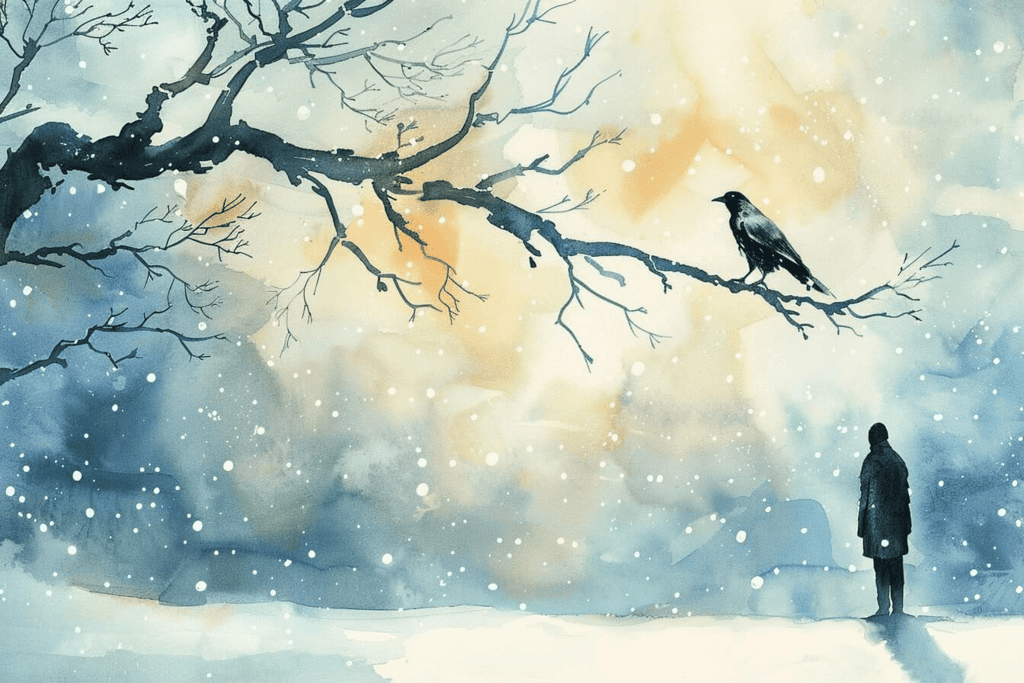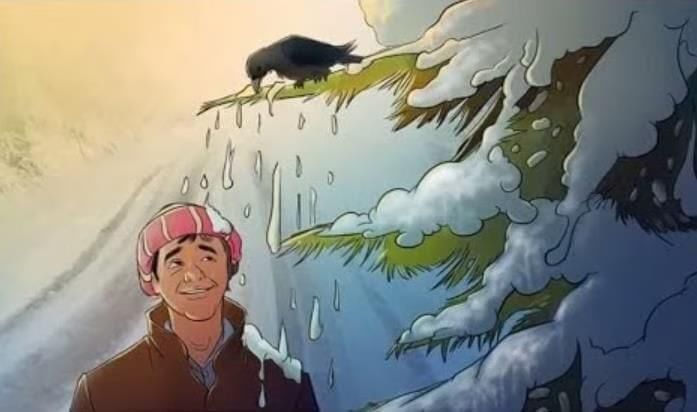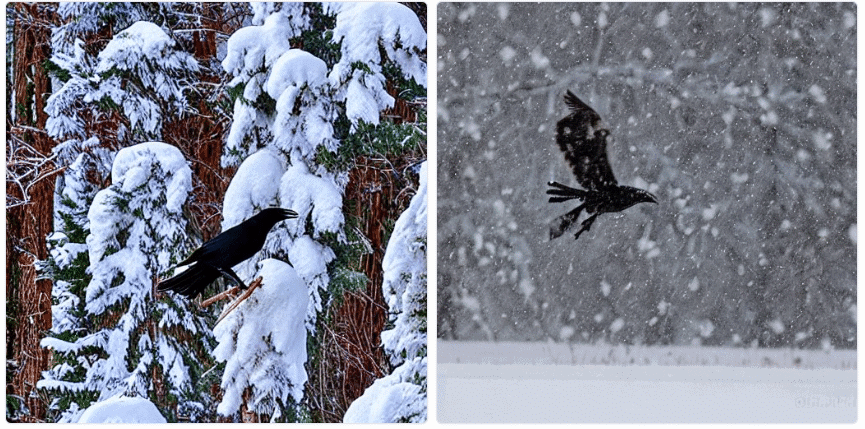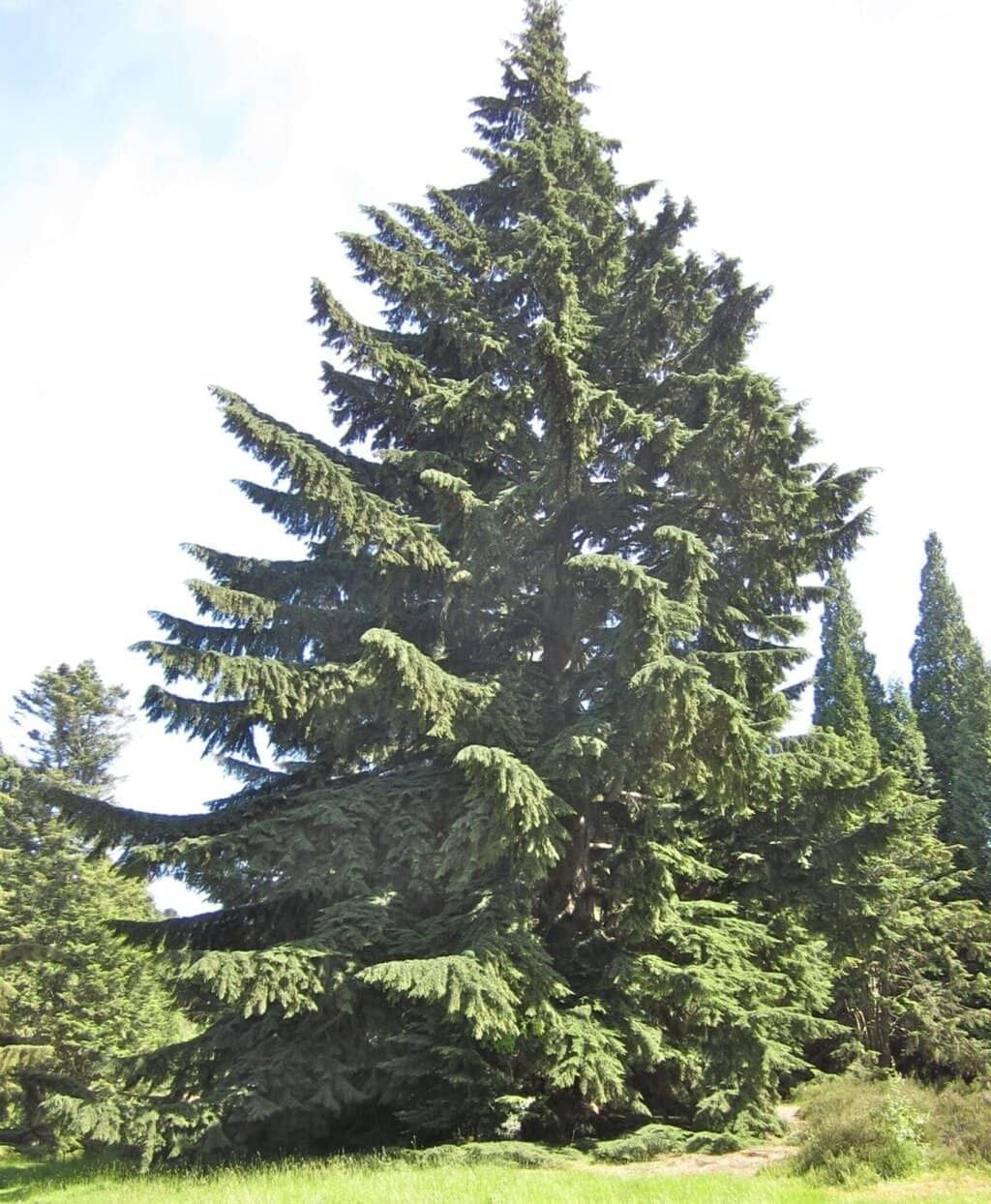Class 10 English Chapter 1 Extract Based Question Answers - First Flight
| Table of contents |

|
| Extract-Based Questions for 'Dust of Snow' |

|
| Extract-Based MCQs for 'Dust of Snow' |

|
| Vocabulary and Poetic Device Questions |

|
| Some more MCQs to Practice |

|
Extract-Based Questions for 'Dust of Snow'
Poem:
The way a crow
Shook down on me
The dust of snow
From a hemlock tree
Has given my heart
A change of mood
And saved some part
Of a day I had rued.
Questions:
- What is the subject of the poem?
- Who or what shook the dust of snow on the poet?
- What type of tree did the dust of snow fall from?
- How did the dust of snow affect the poet’s mood?
- What happened to the poet’s day before the dust of snow fell?
- How did the dust of snow save the poet’s day?
- What emotion did the poet feel after the dust of snow fell on him?
- What is the significance of the hemlock tree in the poem?
Answers:
- The subject of the poem is a moment of unexpected beauty that changes the poet’s mood.
- A crow shook the dust of snow on the poet.
- The dust of snow fell from a hemlock tree.
- The dust of snow gave the poet a change of mood.
- The poet had been regretting or feeling bad about the day.
- The dust of snow saved the poet’s day by giving him a change of mood and a moment of unexpected beauty.
- The poet felt a change of mood after the dust of snow fell on him. It lifted his spirits and changed his perspective on the day.
- The hemlock tree is significant in that it is the source of the dust of snow that changes the poet’s mood. Additionally, hemlock trees have symbolic significance in literature and mythology, often representing death or poison, which could add layers of meaning to the poem.

Extract-Based MCQs for 'Dust of Snow'
1. Read this stanza and answer the following questions:
"The way a crow
Shook down on me
The dust of snow
From a hemlock tree."
Q1: What caused the dust of snow to fall on the poet?
(i) Wind
(ii) A crow
(iii) A squirrel
(iv) The poet himself
Ans: (ii) A crow
The poet clearly states that the crow shook the dust of snow from the hemlock tree.
Q2: Where was the crow sitting?
(i) On a snow-covered ground
(ii) Under a maple tree
(iii) On the hemlock tree
(iv) Near a bunch of flowers
Ans: (iii) On the hemlock tree
The line "From a hemlock tree" suggests the crow was sitting there when it shook the snow.

Q3: What does the crow symbolize in this stanza?
(i) Bad omen
(ii) Joy and transformation
(iii) Wisdom
(iv) Peace
Ans: (ii) Joy and transformation
Although usually seen as negative, here the crow’s action brings a positive emotional change.
Q4: What is the rhyme scheme of this stanza?
(i) aabb
(ii) abab
(iii) abba
(iv) abcd
Ans: (ii) abab
The rhyme follows the pattern: crow (A), me (B), snow (A), tree (B).
2. Read this stanza and answer the following questions:
"Has given my heart
A change of mood
And saved some part
Of a day I had rued."
Q1: What effect did the dust of snow have on the poet?
(i) Made him angry
(ii) Deepened his sorrow
(iii) Lifted his spirits
(iv) Made him laugh loudly
Ans: (iii) Lifted his spirits
Solution: The poet says it changed his mood and saved part of his day.
Q2: What does the word “rued” mean?
(i) Celebrated
(ii) Regretted
(iii) Ignored
(iv) Enjoyed
Ans: (ii) Regretted
Solution: “Rued” means to feel regret or sorrow for something.
Q3: What part of the poet’s day was changed?
(i) His whole day
(ii) The early morning
(iii) Some part he had rued
(iv) His entire week
Ans: (iii) Some part he had rued
Solution: The poem clearly states “saved some part of a day I had rued.”
Q4: What is the rhyme scheme of this stanza?
(i) abcd
(ii) abab
(iii) aabb
(iv) abba
Ans: (ii) abab
Solution: The rhyme pattern is: heart (A), mood (B), part (A), rued (B).

Vocabulary and Poetic Device Questions
- What is the meaning of “Shook down” in the second line of the poem?
- What is the meaning of “hemlock” in the third line of the poem?
- What is the meaning of “rued” in the last line of the poem?
- What type of literary device is used in the alliteration of “saved some part” in the sixth line of the poem?
- What type of literary device is used in the rhyme scheme of the first stanza?
Answers:
- In the context of the poem, “shook down” means that the crow caused the dust of snow to fall from the hemlock tree onto the poet.
- In the context of the poem, “hemlock” refers to a type of tree that produces the dust of snow that falls on the poet.
- In the context of the poem, “rued” means to feel regret or sorrow about something.
- The literary device used in the alliteration of “saved some part” is alliteration, which involves the repetition of the same sound at the beginning of multiple words in a phrase or sentence.
- The rhyme scheme of the first stanza is A-B-A-B, with the second and fourth lines rhyming with each other.
Some more MCQs to Practice
1. What caused the dust of snow to fall on the poet?
a) Rain
b) Wind
c) A crow
d) A squirrel
2. What type of tree did the dust of snow fall from?
a) Oak
b) Maple
c) Hemlock
d) Pine
3. How did the dust of snow affect the poet’s mood?
a) It made the poet sad
b) It made the poet angry
c) It gave the poet a change of mood
d) It had no effect on the poet’s mood
4. What did the poet “rued” before the dust of snow fell on him?
a) A lost love
b) A bad day
c) A missed opportunity
d) A mistake
5. What part of the day did the dust of snow save for the poet?
a) The morning
b) The afternoon
c) The evening
d) The whole day
6. Which literary device is used in the line “The way a crow/Shook down on me”?
a) Metaphor
b) Simile
c) Personification
d) Hyperbole
7. Which literary device is used in the line “Has given my heart/A change of mood”?
a) Alliteration
b) Repetition
c) Rhyme
d) Imagery
8. What is the significance of the hemlock tree in the poem?
a) It represents death or poison in literature and mythology
b) It symbolizes hope and renewal
c) It is a favourite tree of the poet
d) It has no symbolic significance

Ans:
- c) A crow
- c) Hemlock
- c) It gave the poet a change of mood
- b) A bad day
- d) The whole day
- c) Personification
- a) Alliteration
- a) It represents death or poison in literature and mythology
|
61 videos|812 docs|69 tests
|
FAQs on Class 10 English Chapter 1 Extract Based Question Answers - First Flight
| 1. What is the central theme of the poem "Dust of Snow"? |  |
| 2. How does the poet use imagery in "Dust of Snow"? |  |
| 3. What poetic devices are prominently featured in "Dust of Snow"? |  |
| 4. What is the significance of the hemlock tree in the poem? |  |
| 5. How does the tone of "Dust of Snow" contribute to its overall message? |  |
















